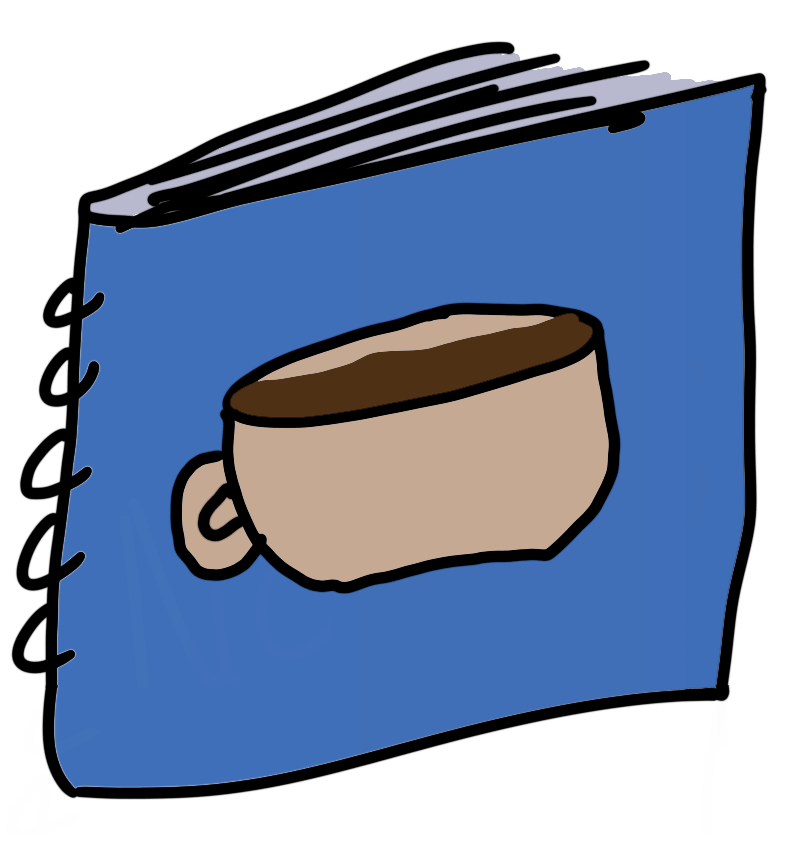Fabric
Fabric is a library and a mod loader for building and installing mods to Minecraft.
Getting started
Follow the Fabric Documentation guide for getting started.
That will probably mean installing JDK 21 and IntelliJ IDEA.
Setting up the environment using Nix
Look.
This is setting up JDKs and C libraries on Nix.
It is what it is.
Here's a flake yoinked and adapted from here:
{
inputs = {
nixpkgs.url = "github:nixos/nixpkgs/nixos-unstable";
flake-parts.url = "github:hercules-ci/flake-parts";
systems.url = "github:nix-systems/default";
};
outputs = inputs:
inputs.flake-parts.lib.mkFlake { inherit inputs; } {
systems = import inputs.systems;
perSystem = { pkgs, lib, ... }:
let
libs = with pkgs; [
# GL
libGL
glfw-wayland-minecraft
# audio
libpulseaudio
openal
xorg.libX11
xorg.libXcursor
];
in
{
devShells.default = pkgs.mkShell {
nativeBuildInputs = [
pkgs.jetbrains.jdk
];
buildInputs = libs;
LD_LIBRARY_PATH = lib.makeLibraryPath libs;
env = {
JAVA_HOME = "${pkgs.jetbrains.jdk}/lib/openjdk/";
};
};
};
};
}It works to get up to running the project, at the very least.
Starting the project
Fabric provides a Template mod generator.
Given a name, a mod ID, a Minecraft version, and some checkboxes for Kotlin support or different mappings, it will generate a zip file of source for you.
Fairly sure that this is just their example mod with some values input for you.
For what they call "Manual Setup", clone the example mod and update the settings manually.
main vs client
There is a notion in Fabric of "main" logic and "client" logic.
Main logic is for anything which would run on both a client and a server.
This is for things like new blocks, mobs, loot tables, or crafting recipes.
Client logic is for anything which would only go on the client side.
This is for things like the GUI, rendering, or key handlers.
Project structure
See the Fabric documentation on project structure.
fabric.mod.json
Is the top-level file describing the project to the mod loader.
This is similar to a Node package.json.
This file contains an id field and a name field for your mod.
It also describes some more stuff.
Entrypoints
There is an entrypoints field in the fabric.mod.json.
There are two types of entrypoint, main and client, described above.
Each entrypoint is the name of a class.
These classes each extend Fabric's ModInitializer and ClientModInitializer for main and client respectively.
Main entrypoints override the base class's onInitialize() method. Client entrypoints override the base class's onInitializeClient() method.
Stolen from the documentation, here's a main entrypoint class:
public class FabricDocsReference implements ModInitializer {
// This logger is used to write text to the console and the log file.
// It is considered best practice to use your mod id as the logger's name.
// That way, it's clear which mod wrote info, warnings, and errors.
public static final String MOD_ID = "fabric-docs-reference";
public static final Logger LOGGER = LoggerFactory.getLogger(MOD_ID);
@Override
public void onInitialize() {
// This code runs as soon as Minecraft is in a mod-load-ready state.
// However, some things (like resources) may still be uninitialized.
// Proceed with mild caution.
LOGGER.info("Hello Fabric world!");
}
}src
The src directory is structured like:
src
├── client
│ ├── java
│ │ └── com
│ │ └── my-mod-name
│ │ └── my-mod-id
│ │ ├── MyModClient.java
│ │ └── mixin
│ │ └── client
│ │ └── ExampleClientMixin.java
│ └── resources
│ └── mymod.client.mixins.json
└── main
├── java
│ └── com
│ └── my-mod-name
│ └── my-mod-id
│ ├── Dispense.java
│ └── mixin
│ └── ExampleMixin.java
└── resources
├── assets
│ └── my-mod-name
│ └── icon.png
├── my-mod.mixins.json
└── fabric.mod.jsonHere the client and main directories contain resources like images & sounds, and source code under the java directory.
Starting the mod
Use ./gradlew runClient to run a client and ./gradlew runServer to run a server.
